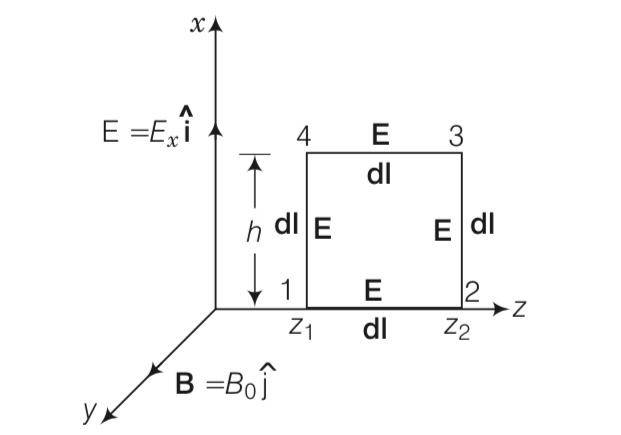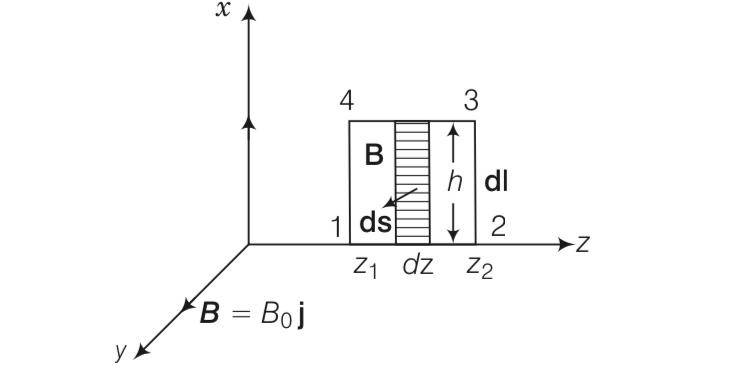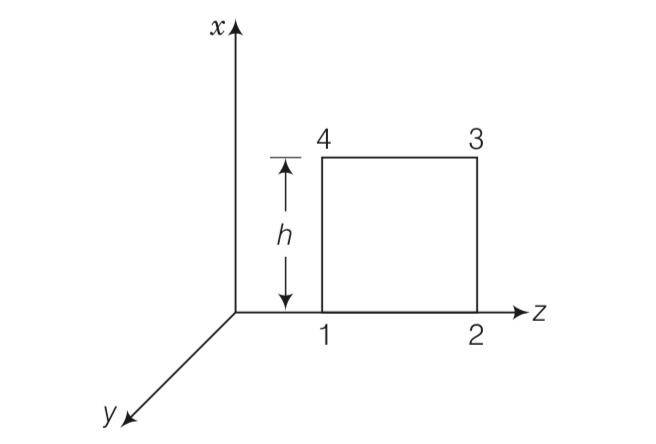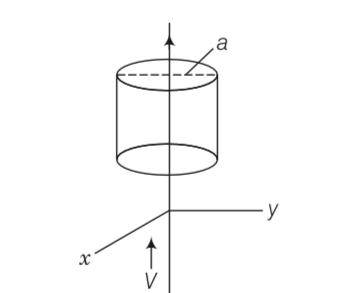Electromagnetic Waves
Get insights from 92 questions on Electromagnetic Waves, answered by students, alumni, and experts. You may also ask and answer any question you like about Electromagnetic Waves
Follow Ask QuestionQuestions
Discussions
Active Users
Followers
New answer posted
5 months agoContributor-Level 10
This is a short answer type question as classified in NCERT Exemplar
The orientation of the portable radio with respect to broadcasting station is important because the electromagnetic waves are plane polarised, so the receiving antenna should be parallel to the vibration of the electric or magnetic field of the wave.
New answer posted
5 months agoContributor-Level 10
This is a long answer type question as classified in NCERT Exemplar
(i) UE=
UB=
So total energy density = UE+ UB= +
E= Eo/ and B=Bo/
Uav= +
(ii) We know Eo=cBo and c = 1/
= 1/4 2
UE= UB
New answer posted
5 months agoContributor-Level 10
This is a long answer type question as classified in NCERT Exemplar
(i) =
= Eoh[sin(kz2-wt)-sin(kz1-gwt)]

(ii)
=

(iv) =-
=Eoh[sin(kz2-wt)-sin(kz1-wt)]
=-
Eo=Bow/k=Byc
Eo/Bo=c
New question posted
5 months agoNew answer posted
5 months agoContributor-Level 10
This is a long answer type question as classified in NCERT Exemplar
E(s,t)=
Now displacement current Jd=eo
=
=
= ina/s sin2
Id=
=( )2
=
After solving this we get
Id=
Id=
Iod= (
New answer posted
5 months agoContributor-Level 10
This is a long answer type question as classified in NCERT Exemplar
Suppose the distance between the plates is d and applied voltage is Vt= V02
Then electric field is E= sin(2 )
Jc=
=
=
Jd= =
= cos(2 )
= J0d cos 2
J0d=
= 2 = 2 v 0.25 = 4 v =4/9
New answer posted
5 months agoContributor-Level 10
This is a long answer type question as classified in NCERT Exemplar
E=
And B= i= i
Then S= {E }=
=
New answer posted
6 months agoContributor-Level 10
8.15 Long distance radio broadcasts use shortwave bands because only these bands can be refracted by ionosphere.
It is necessary to use satellites for long distance TV transmissions because television signals are of high frequencies and high energies. Thus these signals are not reflected by ionosphere. Hence, satellites are helpful in reflecting TV signals. Also they help in long distance TV transmissions.
With reference to X-ray astronomy, X-rays are absorbed by the atmosphere. However, visible and radio waves can penetrate. Hence, optical and radio telescopes are built on the ground, while X-ray astronomy is possible only with the help
New answer posted
6 months agoContributor-Level 10
8.13 A body at a particular temperature produces a continuous spectrum of wavelengths. In case of a black body, the wavelength corresponding to maximum intensity of radiation is given according to Plank's law. It can be given by the relation,
T = 0.29 cmK
cm K, where
= maximum wavelength and T = temperature
Thus, the temperature for different wavelengths can be obtained as:
For = cm, T = 2900
For = cm, T = 5800
For = cm, T = 290 and so on
The numbers obtained tell us that temperature ranges are required for obtaining radiations in different parts of an electromagnetic spectrum. As the wavelength d
New answer posted
6 months agoContributor-Level 10
8.12 Power rating of the bulb, P = 100 W
Power of visible radiation, = 5% of 100 W = 5 W
Distance from the bulb, d = 1 m
Intensity of radiation at that point is given as:
I = = = 0.398 W/
Distance from the bulb, d = 10 m
Intensity of radiation at that point is given as:
I = = = 3.978 W/
Taking an Exam? Selecting a College?
Get authentic answers from experts, students and alumni that you won't find anywhere else
Sign Up on ShikshaOn Shiksha, get access to
- 65k Colleges
- 1.2k Exams
- 679k Reviews
- 1800k Answers


